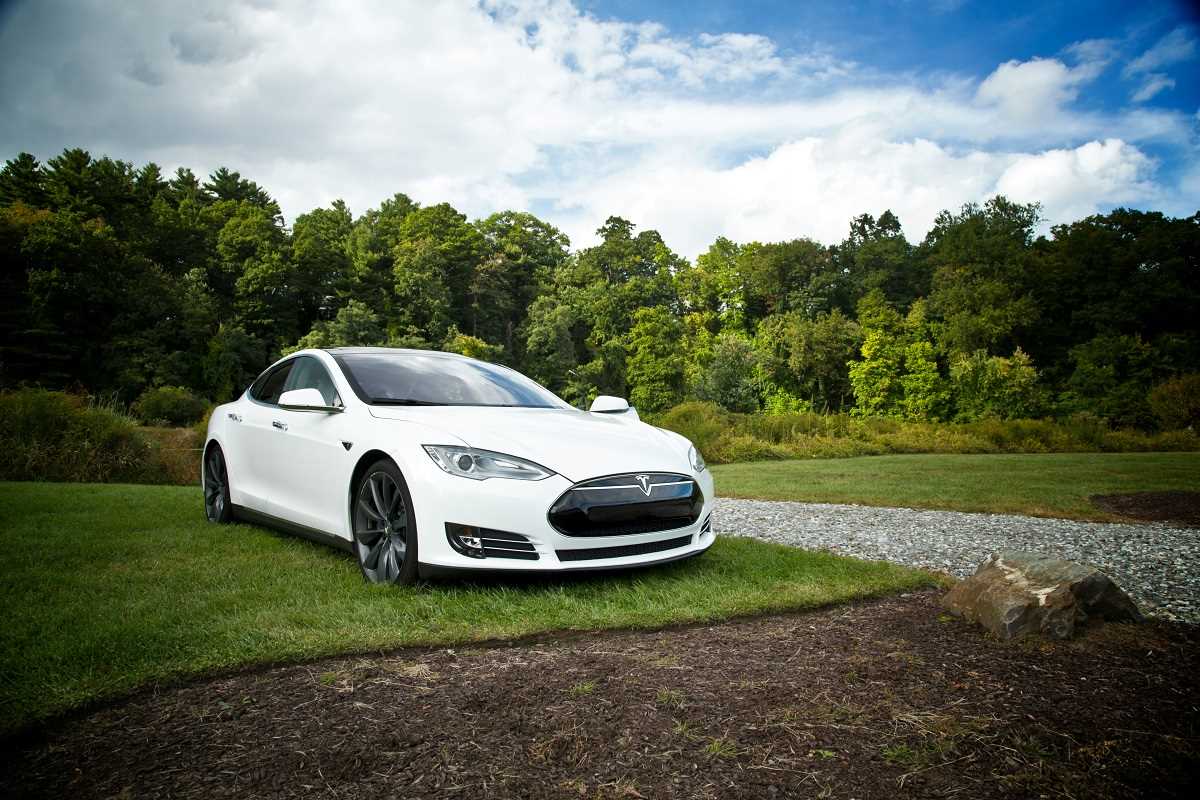Concept cars are the dreams of the automotive world brought to life. For decades, these prototypes have pushed the boundaries of design and technology, serving as statements of what could be possible in the future. Known for their bold aesthetics, futuristic interiors, and groundbreaking technologies, concept cars are typically created to explore new ideas, provoke conversation, or set the stage for brand identity. While most concept cars never leave the stage of auto shows, a rare few have made the leap into production. These cars not only transform from prototypes into vehicles on the road, but they also influence the direction of the entire automotive industry.
Here, we’ll explore why concept cars matter, the challenges involved in turning wild prototypes into workable production models, and how some pioneering examples have impacted the car market.
The Role of Concept Cars in the Automotive World
Before looking at specific examples, it’s essential to understand the purpose and significance of concept cars. Automakers develop them as bold experiments—unburdened by the regulations, costs, and technical limitations of mass production. Almost like art pieces, they showcase what’s possible with advanced engineering, new materials, or cutting-edge technology.
Concept cars also serve as a barometer for consumer interest. Will people fall in love with razor-sharp edges, minimalistic interiors, or unconventional drivetrains? By gauging reactions, automakers can refine designs and features before committing to production.
But creating concept cars is not just an exercise in design—it's a strategic move. These prototypes highlight a brand's vision, helping to align their identity in a competitive marketplace. A company looking to position itself as a leader in sustainability might unveil electric or hydrogen-powered concepts, while brands focused on luxury might showcase futuristic interiors filled with technology and high-end materials.
Although most concept cars never get built for sale, the ones that do carry the weight of lofty expectations and the promise of revolutionizing the industry.
1. Audi TT
Debuting as a concept in 1995 at the Frankfurt Motor Show, the Audi TT captured attention with its sleek and minimalist design. Named after the Isle of Man TT motorcycle races, the concept was a love letter to clean lines and aerodynamic purity. At a time when cars were boxy and utilitarian, the TT concept looked refreshingly futuristic.
Fast-forward to 1998, and the Audi TT entered production with minimal deviation from the original design. Retaining the rounded, almost Bauhaus-esque curves and compact silhouette, the TT became an instant design icon. Its balanced approach combined sporty handling, premium materials, and cutting-edge aesthetics—all wrapped in a more accessible price range compared to high-end sports cars.
The TT's production marked a turning point for Audi, demonstrating that concepts weren't just fantasies but aspirations that could become tangible goods. Today, the Audi TT continues to inspire loyalty among fans and serves as a benchmark for translating bold design language into mass production.
2. Tesla Model S
Originally introduced not as a flashy concept car but as a prototype in 2009, the Tesla Model S was the evidence the world needed that electric vehicles (EVs) could be sleek, practical, and fast. At the time, Tesla focused on changing the skeptical narrative surrounding EVs, which were typically seen as niche products for environmentalists.
The Model S concept showcased a bold promise—a full-sized luxury sedan with cutting-edge technology, incredible range, and breathtaking performance. By the time it hit production in 2012, it delivered on those promises. With minimalist interiors centered around a now-iconic touchscreen interface, a 0-60 mph acceleration time of under 4 seconds in its high-performance variants, and an initial range of nearly 300 miles, the Model S broke every stereotype about EVs.
The impact of the Tesla Model S cannot be understated. It revolutionized consumer expectations for electric cars and made EVs desirable to the mainstream. It also cemented Tesla’s reputation as one of the most disruptive forces in the industry—a far cry from the uncertainty surrounding the brand when the concept was unveiled.
3. BMW i8
When BMW first showed the Vision EfficientDynamics concept at the 2009 Frankfurt Motor Show, it looked like something pulled directly out of a sci-fi movie. With a futuristic hybrid-electric drivetrain, dramatic scissor doors, and curves that seemed engineered for beauty rather than practicality, it captured imaginations worldwide.
Remarkably, when the BMW i8 entered production in 2014, it retained the majority of its daring design elements. The hybrid powertrain stayed intact, offering both performance and efficiency. The i8 combined a turbocharged three-cylinder engine with an electric motor, creating a plug-in hybrid sports car that delivered impressive power while maintaining eco-conscious credentials.
The production i8 won praise for its role in redefining what a hybrid car could be. It wasn’t just practical; it was aspirational. The i8 proved that sustainable technology and exhilarating driving experiences could coexist, influencing future generations of hybrid and electric supercars.
Challenges of Turning Concepts into Reality
The path from concept to production isn’t an easy one. For any automaker, realizing a visionary prototype involves balancing creativity with practicality. Here’s why:
- Engineering Feasibility: Many features on concept cars are designed without real-world constraints like manufacturing processes, crash safety requirements, and durability standards. These features often need extensive redesign to make them feasible while retaining the essence of the concept.
- Cost Considerations: Concept cars are often equipped with experimental materials and technologies that are prohibitively expensive for mass production. Automakers must find ways to retain the car’s unique appeal without making it financially inaccessible.
- Regulatory Compliance: Prototypes don’t have to adhere to strict regulations for emissions, safety, and market-specific standards. Production models, however, must clear various regulatory hurdles, requiring significant modifications.
- Consumer Demand: Even if a concept car receives rave reviews at an auto show, that doesn’t guarantee there’s enough market demand to justify mass production. Automakers must assess whether customers would actually purchase the car—or if it’s just a fleeting novelty.
Despite these challenges, automakers strive to stay faithful to the concept’s core spirit, knowing that the production version will be held to the lofty standards set by its debut.
The Influence of Concept Cars on the Industry
When concept cars successfully transition to production models, they often leave ripple effects across the industry. They set new benchmarks in performance, sustainability, or design trends, encouraging competitors to follow suit. For example, Tesla's success with the Model S has seen almost every major carmaker pivot toward electrification, while the BMW i8 has inspired luxury automakers to explore sleek, eco-friendly hybrids.
These cars also push consumer expectations. What once might have seemed outlandish—touchscreen controls, autonomous driving features, or hybrid drivetrains—has become normalized thanks to trailblazing concept-to-production journeys.
Final Thoughts
Concept cars that become reality represent the pinnacle of automotive innovation, proving that creativity and practicality needn’t always be at odds. Models like the Audi TT, BMW i8, and Tesla Model S demonstrate that with careful engineering, dedication to a vision, and a finger on the pulse of consumer interest, dreams can take shape as cars on the road.
These vehicles don’t just serve as milestones for their respective brands; they shape the trajectory of the automotive industry. For those who love cars, concept-to-reality stories are a reminder that what seems impossible today could very well drive us into the future tomorrow.
 (Image via
(Image via

.jpg)



